What Does Invest 98L Mean: Decoding The Mystery In 2023
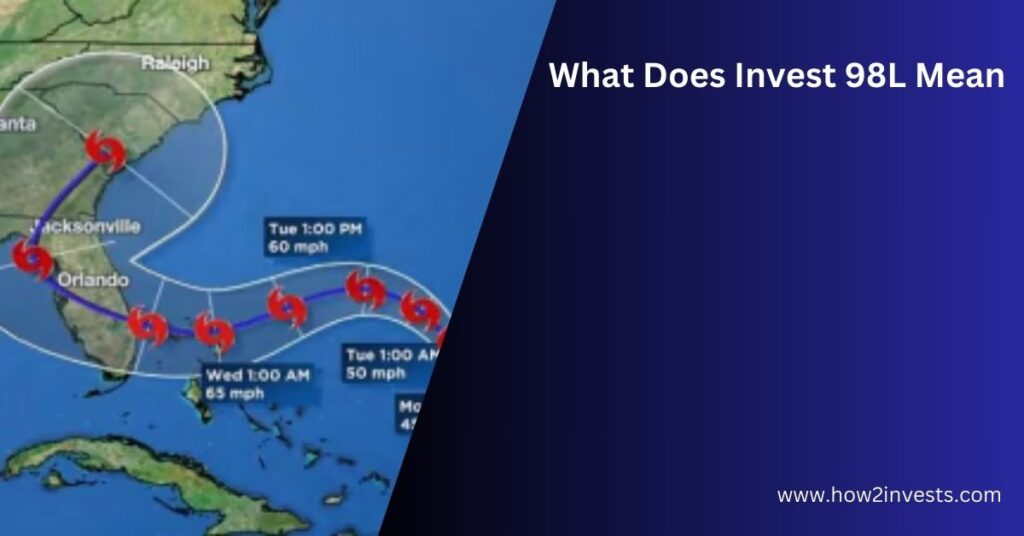
The word “Invest 98L” is frequently used in hurricane monitoring and meteorology. It may appear to beginners as a mysterious code.
However, it is imperative to identify weather trends in the Atlantic Ocean, particularly when determining which ocean is being discussed.
We will debunk the myths around the idea of Invest 98L in this thorough post, giving you an explicit knowledge of what it means and why it matters.
Table of Contents
What Exactly Is Invest 98L?
Invest regions are numbered from 90 to 99; after you reach 99, the list resets to 90. Since this is the ninth time an invest region has been watched this year, Invest 98L is the tropical wave we watch. The name of the subsequent area of interest would be Invest 99L.
As a result, to summarize the inquiry, the letter “l” for systems in the Atlantic basin or “e” for systems in the Eastern Pacific, upgraded to Tropical Depression Nine, developed as a subtropical system, invest, is, implies, invest 98-l, does, invest 98-l, average.
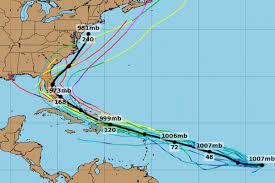
When a tropical cyclone forecast center (like the National Hurricane Centre) is interested in a weather system, “invest” is used. Essentially, “invest” is just a shortened version of “area of investigation.” So invest” refer to in meteorology:
- A particular weather occurrence
- A region of low pressure that is being watched for signs that it might intensify into a tropical cyclone
- An atmospheric disturbance of a certain kind
- A meter for wind speed
The term’s assigned number aids in maintaining order. The entity’s gulf is indicated by the letter. It’s the letter L for the Atlantic.
Let’s review the fundamentals of tropical cyclones.
What Exactly Are Tropical Cyclones?
A tropical cyclone is a swiftly spinning storm that develops over tropical oceans, where it gets its energy. It has clouds and a center of low pressure.
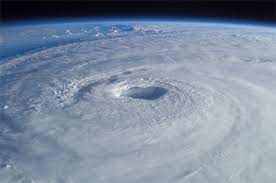
A weather system for which a tropical cyclone forecast center (such as the National when an area of low pressure in the tropics is recognized as an area of interest by the National Hurricane Center Research) has been tasked with forecasting it.
What Is the Role of Computer Models in Tropical Cyclones?
Forecasters are interested in running and gathering specialized data. By extrapolating from historical datasets, statistical models estimate the development of a tropical cyclone more straightforwardly.
As a result, they may be swiftly performed on devices like personal computers. There are several forecast models; thus, seeing many lines is typical. Each one is doing its best to demonstrate where the center of a potential tropical system may move based on the facts at hand.
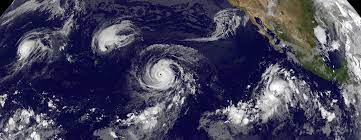
A high degree of confidence can be placed in that portion of the forecast when the lines are densely packed. A prophecy at that specific period in time can be given less confidence in areas where the lines differ significantly.
It’s crucial to note that just because something is listed as an investment area doesn’t necessarily mean it will develop into a hurricane. There have been many instances where investment strategies have been followed in vain.
What are the differences between a tropical depression, tropical storm, and hurricane?
A tropical depression is a tropical storm with winds that don’t change for at least 38 mph (33 knots). A tropical storm is a tropical cyclone with steady winds of between 34 and 63 knots (39 to 73 mph).
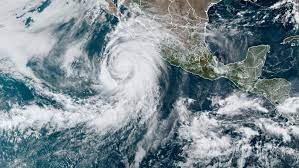
A hurricane is a tropical storm with winds of at least 74 miles per hour (64 knots). You may also find it strange that Atlantic investments don’t end in “A.” This is because the Atlantic got the short end of the stick.
Top 5 different names for hurricanes worldwide are:
- Atlantic, Eastern, and Central Pacific Oceans: hurricanes
- Western Pacific Ocean: Typhoon
- The northern Indian Ocean is home to cyclonic storms
- South Indian Ocean: Tropical cyclone
- Southwestern Pacific Ocean cyclone
Why Invest 98L Matters? 2 Basic Reasons!
Invest 98L matters for several reasons, particularly regarding public safety and disaster preparedness.
1. Public Safety
Invests provide valuable lead time for preparing communities in the path of a potential tropical cyclone.
2. Emergency Response:
Authorities can activate emergency response plans, including evacuation orders, based on the information derived from Invest 98L.
Conclusion:
In conclusion, Invest 98L is an essential meteorological rather than a top-secret code. It indicates a continuous inquiry into the likelihood that a meteorological disturbance may develop into a tropical cyclone.
Communities can better prepare for impending storms and maintain their safety by being aware of the significance of Invest 98L.
FAQs:
Q1: Why is it called Invest 98L?
The National Hurricane Center designates an area of interest as an invest for further exploration using a straightforward naming method. These systems and models are labeled in the Atlantic as Invest 90L, Invest 91L, all the way up to Invest 99L, and then it repeats itself starting at 90L.
Q2. What is an invest 98, exactly?
Invest 98L: Near and to the southwest of the Cabo Verde Islands, a big region of disorganized showers and thunderstorms is being produced by a broad area of low pressure connected to a tropical wave.
Disturbance 3: By the start, a large region of low pressure could develop in the middle or western Gulf of Mexico.
Q3. What does invest 90L mean?
The letters “L” for systems in the Atlantic basin or “E” for systems in the eastern Pacific are placed after the phrase “Invest,” which is then followed by the numbers 90 through 99.
These labels would appear in the Atlantic as Invest 90L, Invest 91L, etc. In the eastern Pacific, you would see Invest 90E, Invest 91E, etc.
Q4. What does Florida’s invest 98l mean?
The disturbance is known as Invest 98L, according to the National Hurricane Centre. The NHC uses the term “Invest” to designate a region of weather that is being examined for potential development into at least a tropical depression over the following few days.


